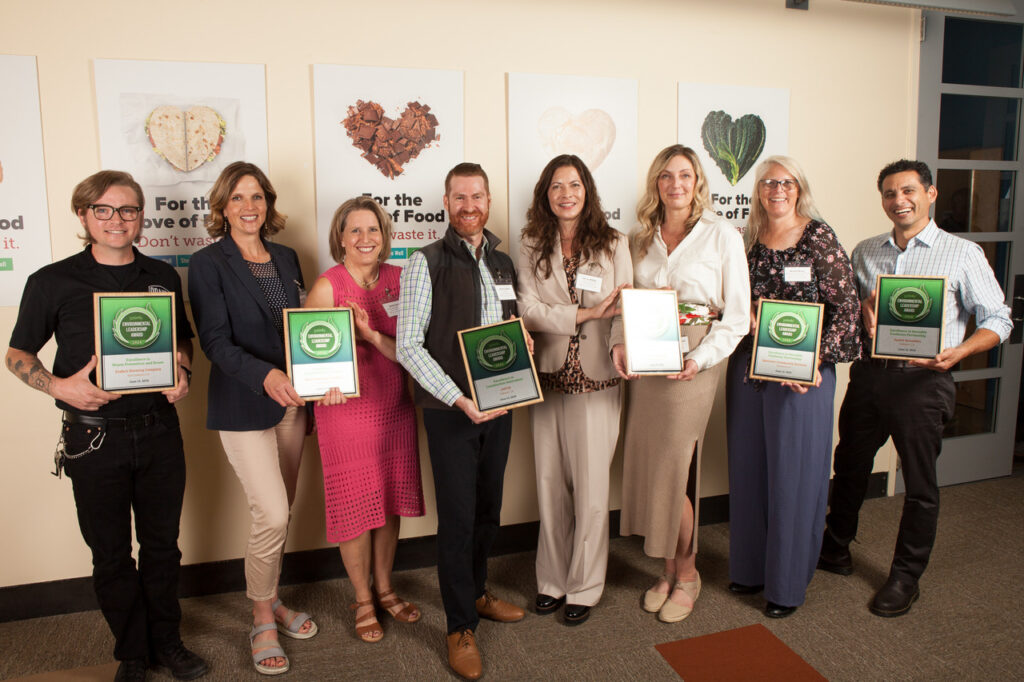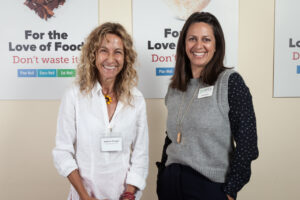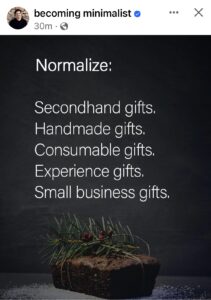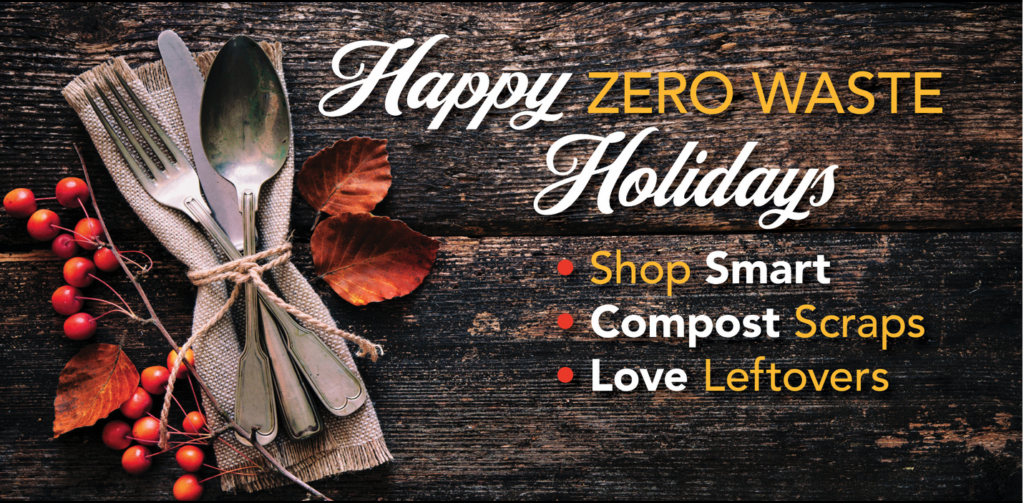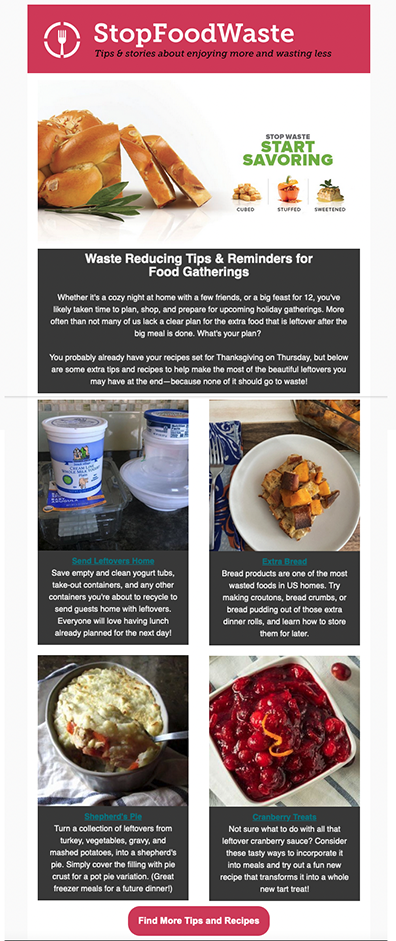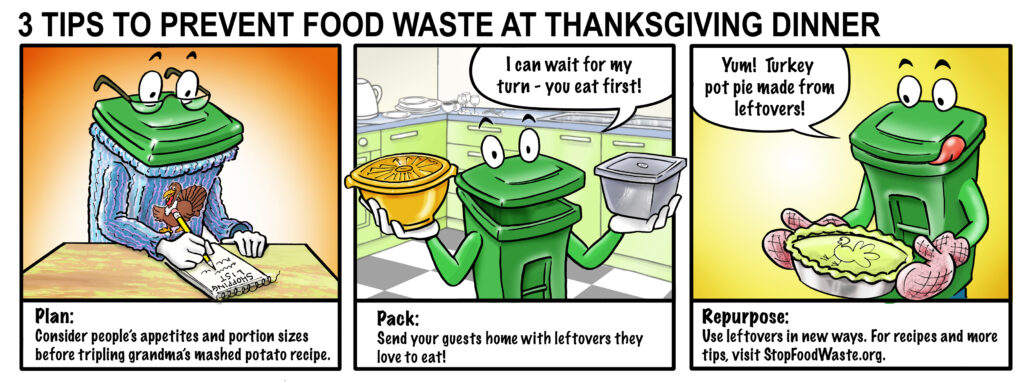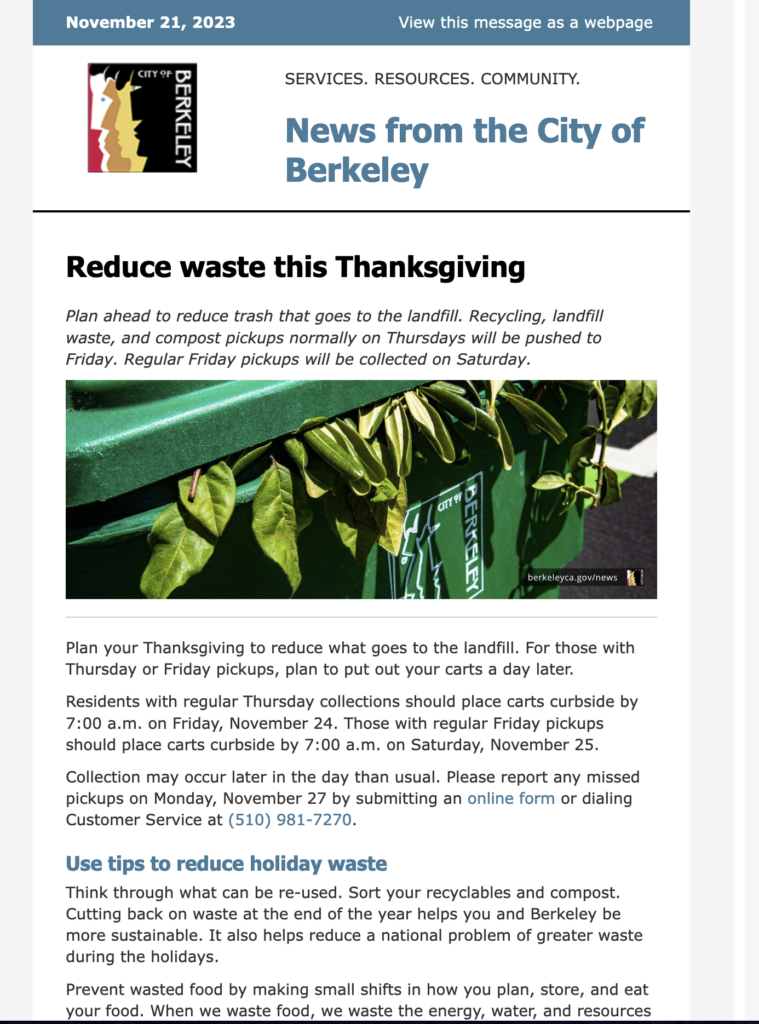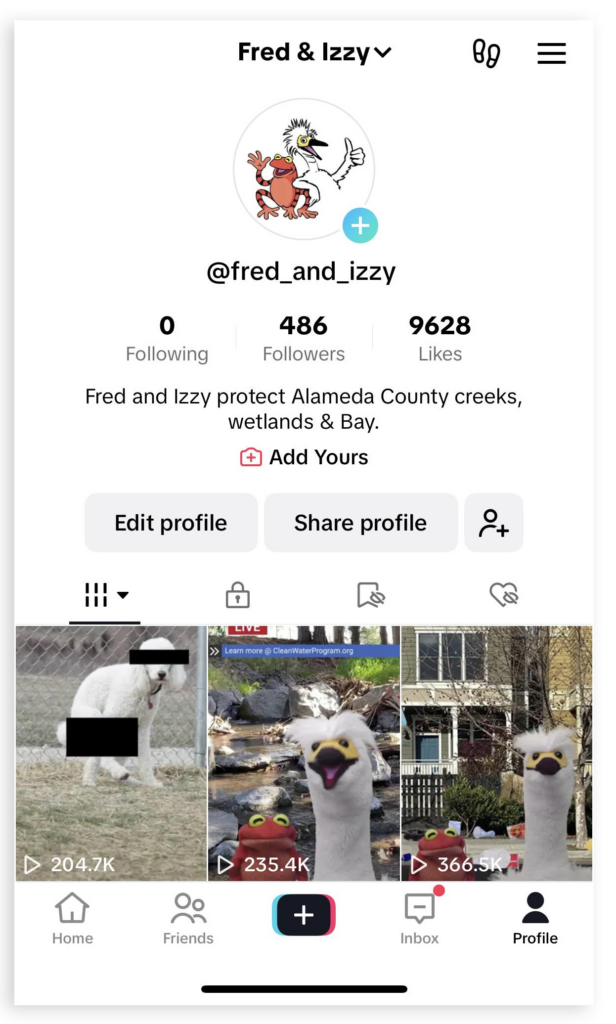The annual Northern California Recycling Update conference is a wonderful introduction to the vast array of efforts around waste reduction happening in our area. Every year the Gigantic team attends to absorb 10-minute presentations on all aspects of waste from speakers local and from farther afield. The presentations drew an array of reactions from the Gigantic team members. Here are some of the highlights as submitted by each Gigantic team member:
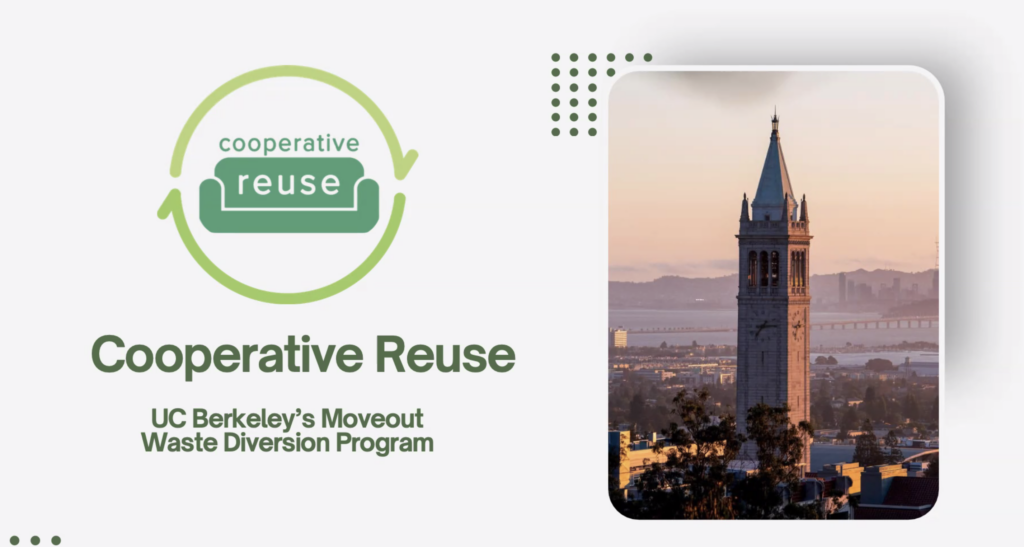 Kas focused on some of the visual aspects presented. For the session, “Cooperative Reuse: Student-Led Furniture Exchange,” she noted, “I love their clever logo and I have been following this program for a number of years. It is so great to see how this has developed into such an impactful contribution to campus-led sustainability efforts.”
Kas focused on some of the visual aspects presented. For the session, “Cooperative Reuse: Student-Led Furniture Exchange,” she noted, “I love their clever logo and I have been following this program for a number of years. It is so great to see how this has developed into such an impactful contribution to campus-led sustainability efforts.”
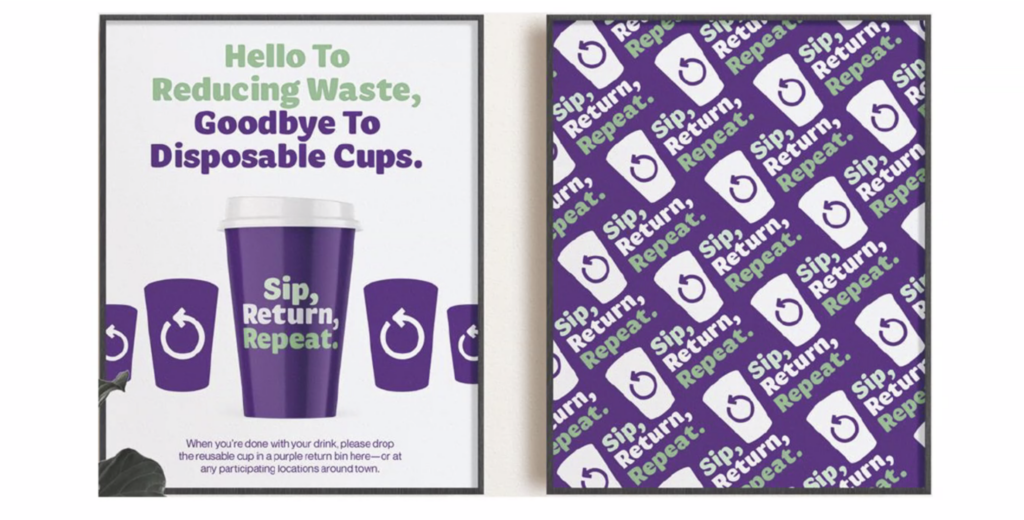
For the presentation on Petaluma’s Reusable Cup Pilot presented by Leslie Lukacs of Zero Waste Sonoma, Kas said: “From my graphic design and marketing perspective, I appreciated their ‘Sip, Return, Repeat’ slogan and loved the angular, repeated graphic as well. They did a wonderful job of being clever and reinforcing the message through design. Kudos!”
Lisa focused on Miriam Gordon (Reuse Program Director with Story of Stuff Project)’s session: “Hamburglaring Reuse: McDonald’s Disinformation Campaign About Recycling.” The Story of Stuff Project will be publishing a report to help the U.S. refute the disinformation used in the EU to to derail state and local reuse. Lisa notes, “We can try to refute McDonalds’ effort with facts, which are helpful to have on deck. However, the disinformation war is won in the U.S. with more emotion-based, simplistic messaging. Let’s join Story of Stuff to begin a proactive messaging effort and seed the fields with positive messaging before they can Ham-burgle U.S.-based efforts supporting reusable foodware.”
Peter noted: “(Virtually) attending NCRA was a breath of fresh air and inspiring! Despite what we’ve been reading in national news headlines the last couple of months, I was beyond impressed to see the incredible work that is being done on a variety of topics in Northern California. As an AmeriCorps and Peace Corps alum, it was great to hear Lexie speak in the morning about the success stories of San Jose Conservation Corps members and reminded me of my own personal growth and the value of these programs. Ravyn Williams’ presentation on PFAS and health was sobering — I ordered a stainless steel spatula to replace my black plastic one before the presentation was over!”
Stef gave a personal take: “I am allowing myself to have a very subjective filter on this year’s NCRA Update, and sadly that filter is darkened by my anxiety about current events. The presentations, as always, covered a lot of ground and reminded me of this community’s dedication to a better world, but I feel that few presenters acknowledged or directly addressed head-on the devastating blows already served to our industry and more roadblocks ahead. All this said, I was very grateful for the one-on-one conversations in the limited sunshine on the palace balcony and knowing that this community, if anything, is what will get me through these scary times.”
Nancy noted: “Like Stef, I found it hard to focus on the details of the very important issue of waste, given everything that is going on at the national level. I have family and friends that have been directly impacted by the government cuts, and I fear that worse is to come. But I am delighted to be working in a community of relentless, resilient, dedicated solution-seekers…there is hope!”
Laura-Lee writes: “I was inspired by the passion and conviction with which the speakers delivered their messages. As an older person who tends to be more of an ‘Eeyore” than a “Tigger,’ I was encouraged by the messages of ‘let’s be brave’ and ‘think big’ and ‘be together in all the ways that count.’ We should continue to highlight successes, find solutions to challenges, remain vigilant and encourage the next generation of reducers, reusers and recyclers.”
Myer found Shira Lane’s presentation, “The Power of Creativity in Sustainable Behavior Change,” particularly impactful. He was impressed by Atrium 916‘s innovative approaches, like the “Sustainable Santa” concept for children and other community-based events. “The upcycling of political signs was a novel and thought-provoking idea; I’d never really thought about what happens to old signs after the election. The art installations that doubled as collection points for cans and bottles, accessible to the unhoused, were both visually engaging and socially beneficial. When she said ‘waste is a design flaw, bring in the creatives’…that resonated deeply, highlighting the need for creative solutions and ‘out of the box’ thinking.”
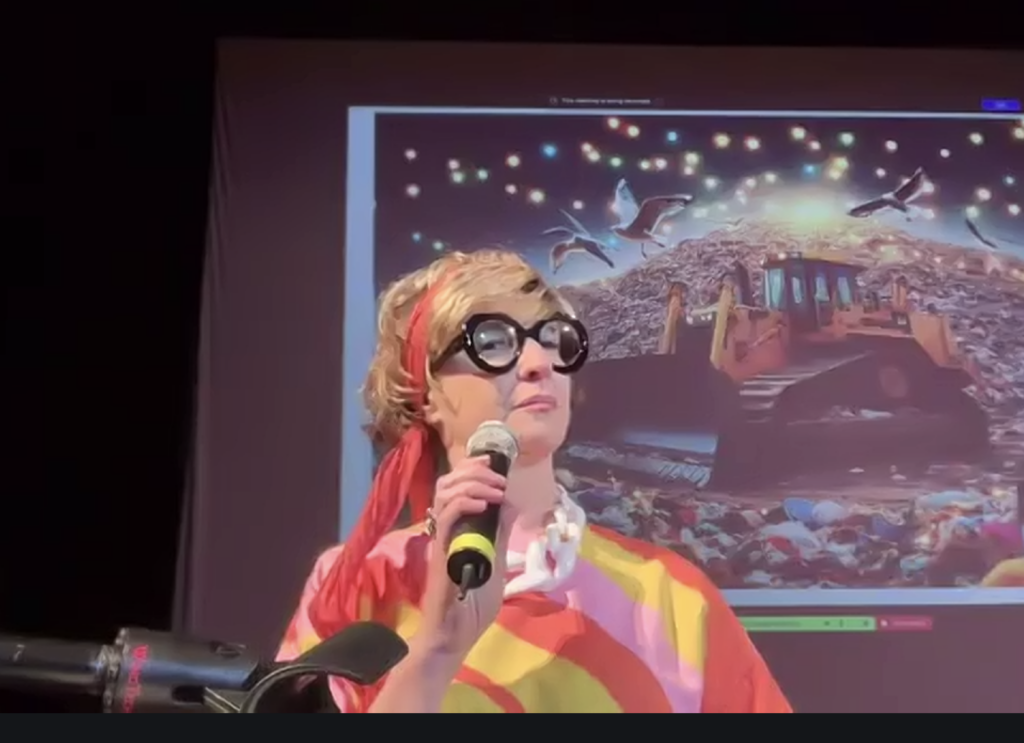
Then there was that inspiring session, the last before lunch, when a little-known authority from the Royal Academy of Arts, a Petula Clarkson, presented on “The Restorative Power of Landfills, An Underutilized Resource.” An interestingly dressed, singing-bowl-playing, very familiar looking person emerged, performing her song, “Landfill.” Wait…isn’t that Gigantic alumna Shana McCracken??? Sure enough! As she was joined by dancers on stage with an AI generated landfill illustration as a backdrop, the crowd came to life, just in time for lunch.

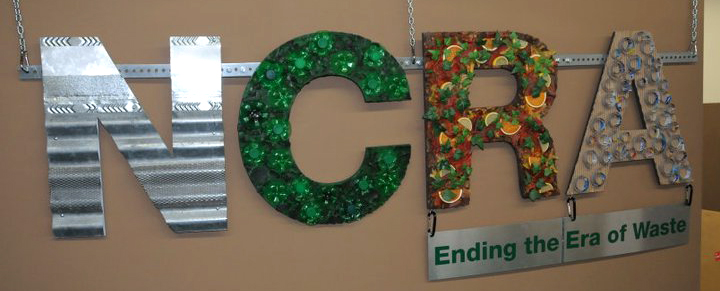
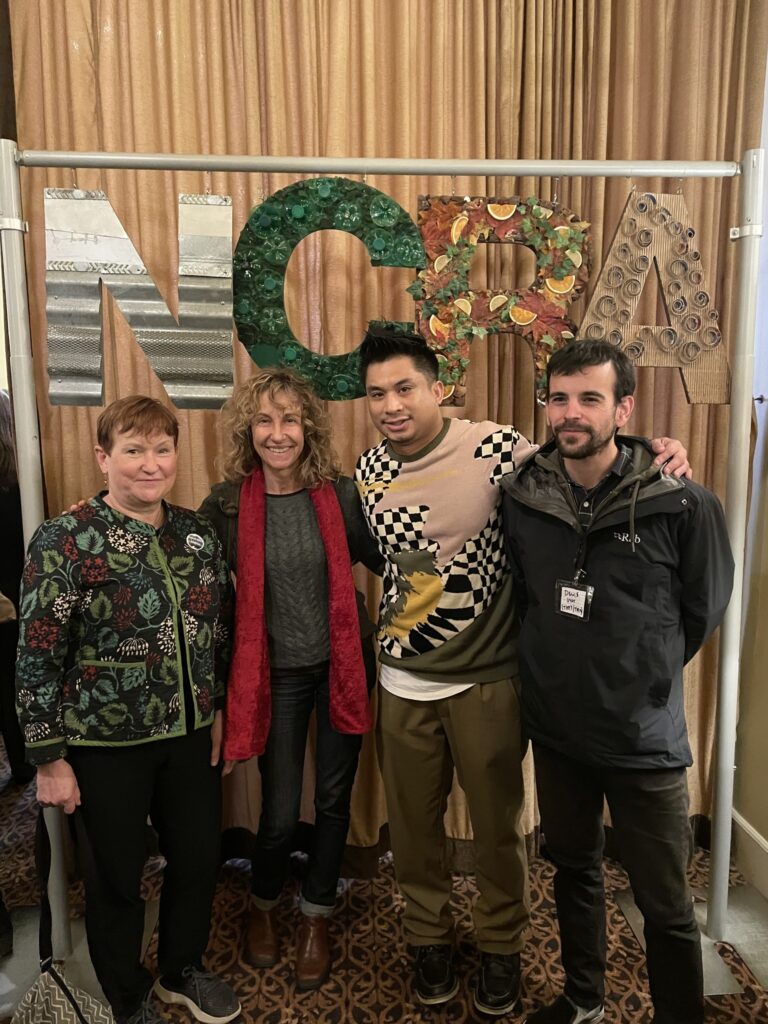
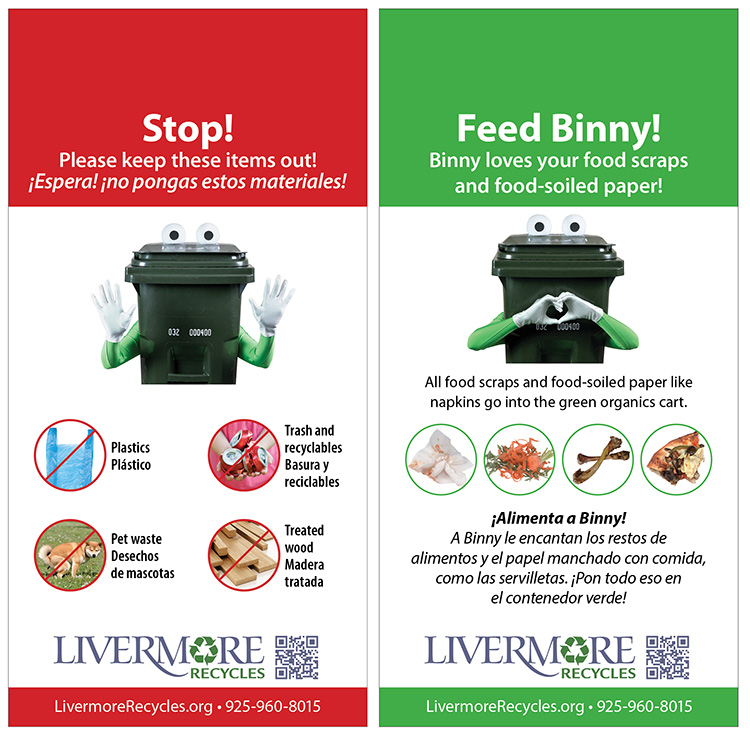
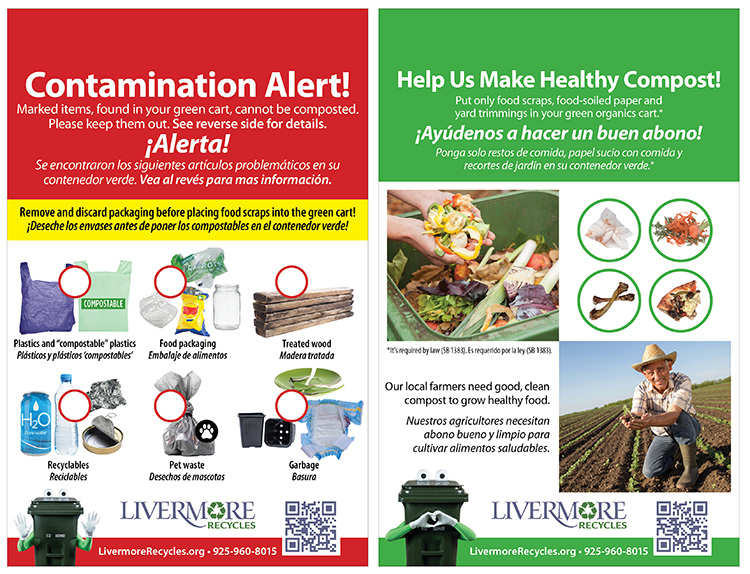
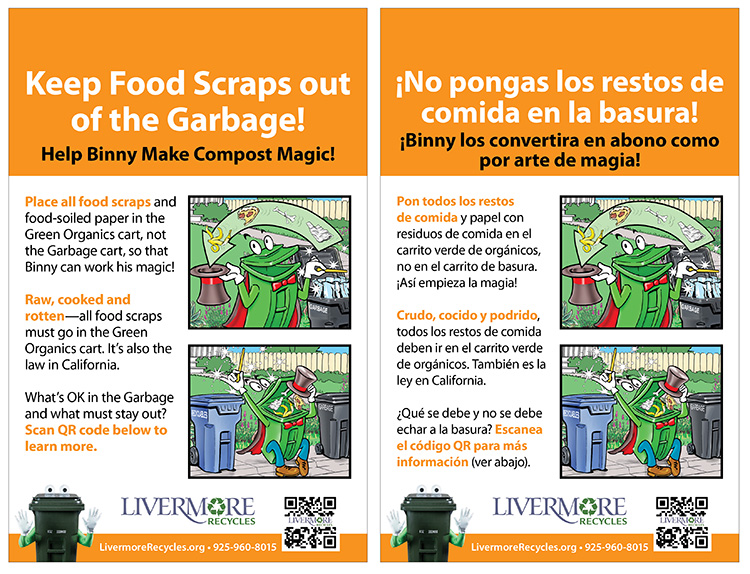
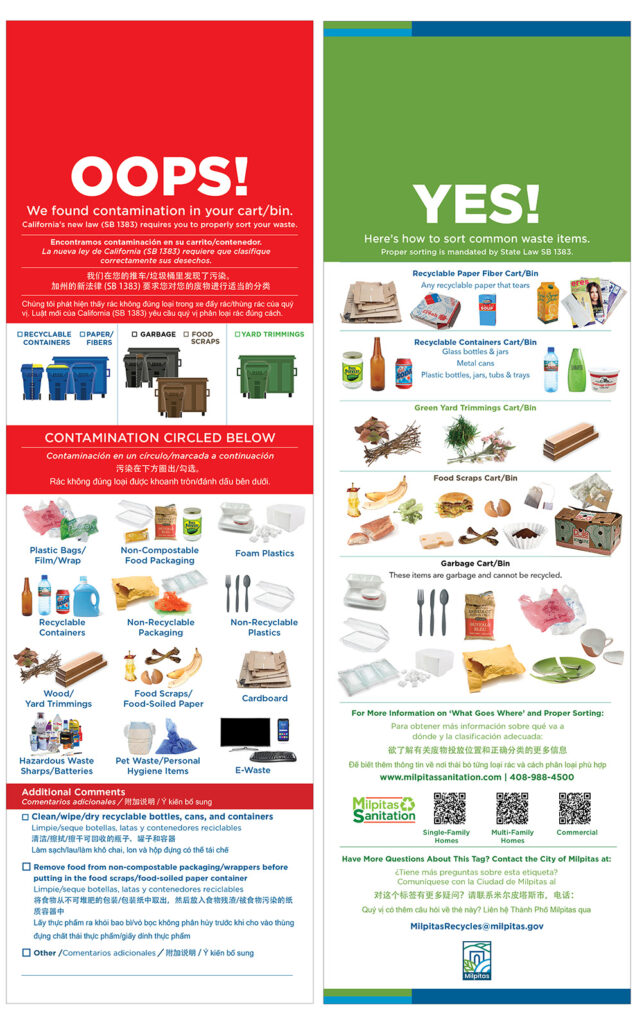
 Food scrap
Food scrap Gigantic Idea Studio developed a scope of work that included as much of the community-based social marketing (CBSM) process as time and budget would allow:
Gigantic Idea Studio developed a scope of work that included as much of the community-based social marketing (CBSM) process as time and budget would allow: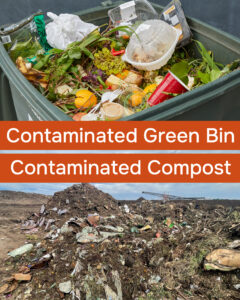 Partnering with
Partnering with 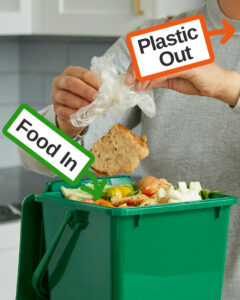 Instructional messaging: “Keep All Plastic Out of the Green Bin” and “Food In/Plastic Out”.
Instructional messaging: “Keep All Plastic Out of the Green Bin” and “Food In/Plastic Out”.